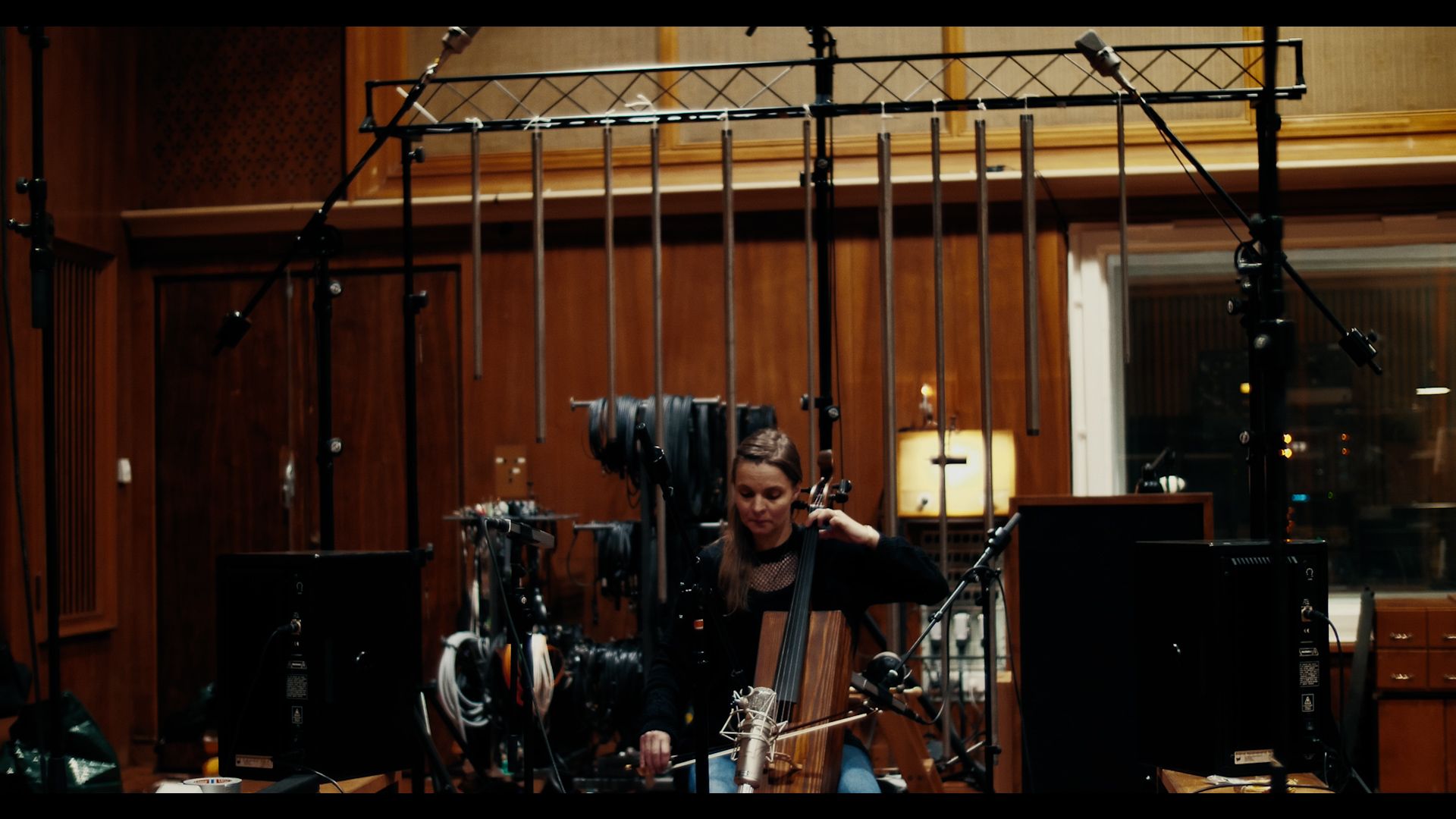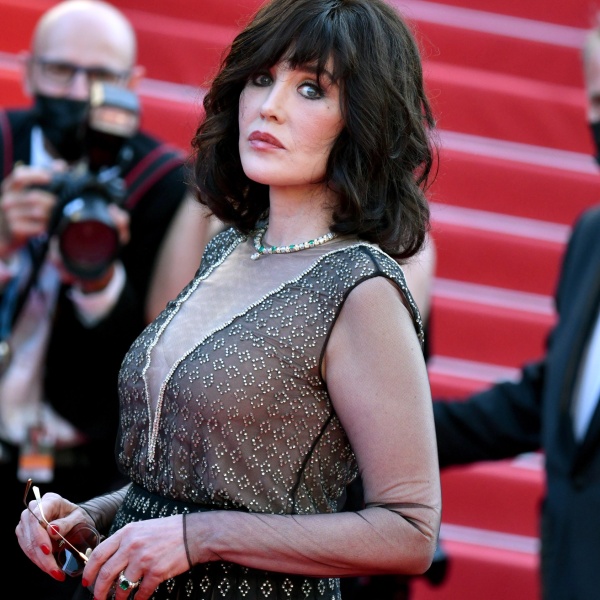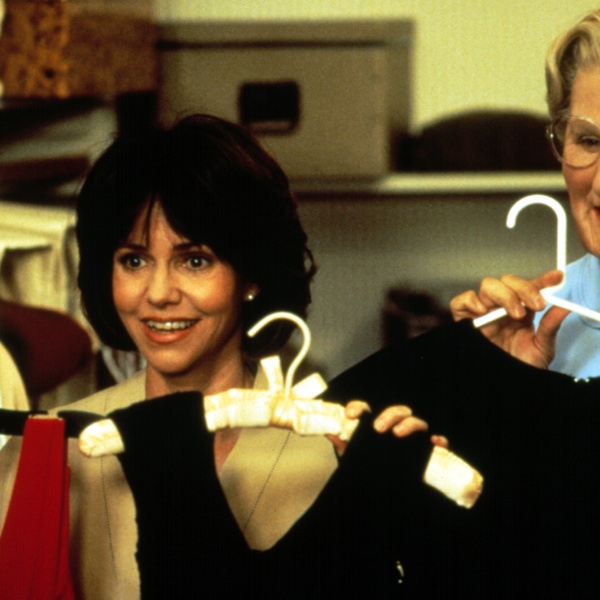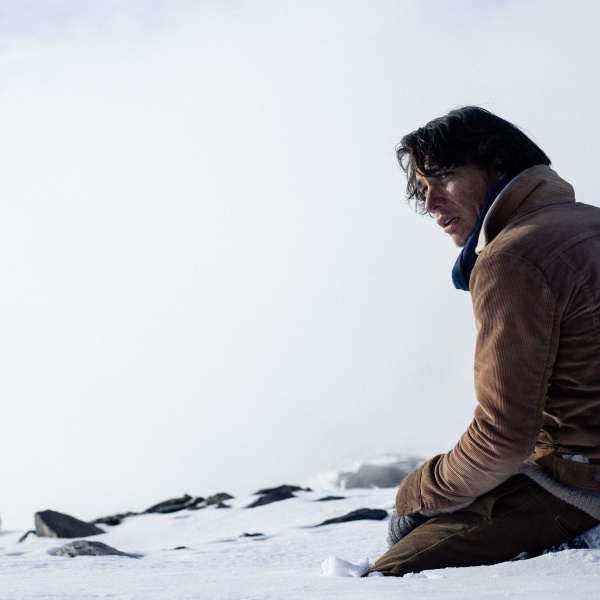Oscar-winning “Joker” composer Hildur Gudnadottir played an even more crucial role on “Joker: “Folie à Deux,” musically bridging the harsh reality of Arthur/Joker’s (Joaquin Phoenix) imprisonment in Arkham State Hospital with the escapist classic pop music that he imagines singing with or without Lee/Harley Quinn (Lady Gaga).
“This was quite an interesting development, musically, from the first one where the songs were important to Arthur for him to connect to the outside world as an observer,” Gudnadottir told IndieWire. “But this time around, he’s more like a participant and starts singing the songs. So he has different musical faces that go with his different personalities as Arthur and Joker. So it was definitely a harder musical jigsaw puzzle to try to make [score and songs] work together and not against each other.”
As with “Joker,” director Todd Phillips brought Gudnadottir on early to start scoring themes and soundscapes from script pages, which Phoenix and Gaga later listened to on set, resulting in a back-and-forth that spawned new musical ideas. The songs were recorded live with a piano player, and Phillips gave Gudnadottir arrangements for such songs as “For Once in My Life” and “Bewitched” so she could “Hildurize” them.
The score draws on the eerie string-based sound world that “Joker” established to convey Arthur’s mental anguish. However, with “Folie à Deux,” Gudnadottir wanted to bring her score from the street into the prison. To accomplish this, she worked with an instrument-building friend from Iceland, Ulfur Hansson, to construct a “string prison.” The instrument consisted of long strings strung together in wooden boxes and amplified with electromagnetic pickups, creating the strange sounds. She also built bars out of metal that served as an entryway to the string prison.
The composer additionally asked Hans Johannsson, Hansson’s father, who made her normal cello, to build what’s called a trench cello, which the soldiers used to play in the trenches of the First World War. “So it’s like a wooden box and there’s a neck and strings attached to it and you can take it apart,” added Gudnadottir. “And the soldiers would also use this box to transport the bullets that they were using for their guns.
“This instrument was a way of trying to bring joy to the most horrific situations imaginable,” she continued. “So I felt that also resonated quite well with Arthur’s character because that’s exactly what his mother said to him: that he was born to bring joy to the world. So I used the trench cello to play through the string prison. The normal cello was still the heart of the melodic expression.”

The first standout cue, “It’s Showtime,” appears at the beginning when Arthur is led through the prison. It’s a slow descent into the most hellish part of Arkham, punctuated by the drumbeat of the composer tapping on the string prison’s wooden body. “It’s almost like a callback to the cue from the first film, which was called ‘Meeting Bruce Wayne,’” Gudnadottir said.
“The Real You,” which riffs on the bathroom scene from “Joker,” happens when Arthur meets Lee for the first time. It starts off with a piano played through a harp, which makes a weird sound, and then slides into the string prison and trench cello. “So that’s somewhat of a love thing,” added Gudnadottir.
“The Other Half,” which is one of Gudnadottir’s favorites, occurs when Arthur gets shaved (and intentionally cut) for his court appearance and is led out into the rain by the guards without an umbrella. “There’s this high-pitched sound that’s kind of laying on top of everything,” she said. “And that’s a really good example of the string prison solo, where the string is trying to find what’s being played through it.”
However, there was a danger with the string prison: “You could get an electric shock and burn yourself from the string when it was on,” Gudnadottir said. “But then when I turned the amplification off, I could also play the string itself, like a very long but normal string instrument. I could play it with a bow or I could hit on it with the string prison boxes. The main percussion sounds in the whole score actually came from me banging on those.”



